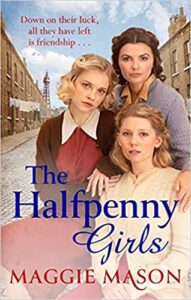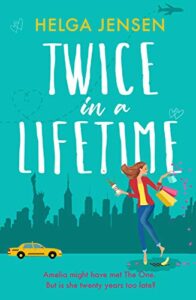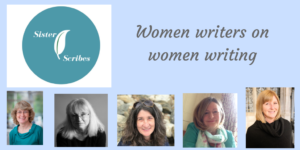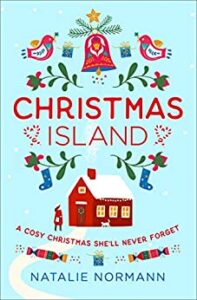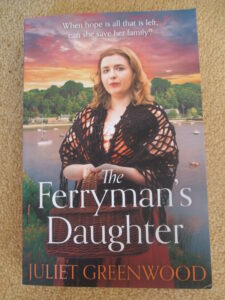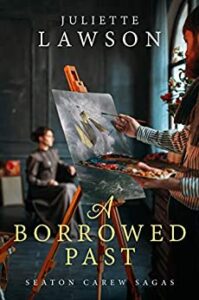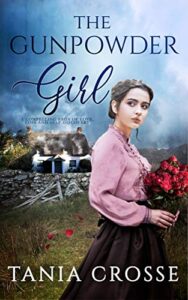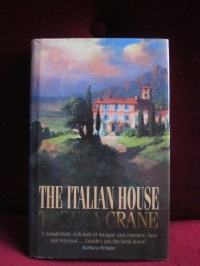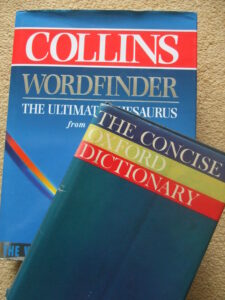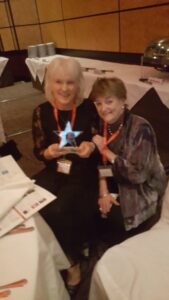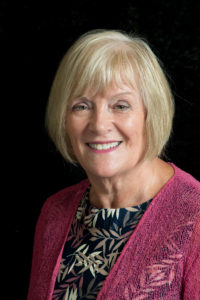Lynne Francis’ A Maid’s Ruin reviewed by Susanna Bavin
This thoroughly engaging and enjoyable story follows the fortunes of young Molly Goodchild, a dairymaid whose life is one of unrelenting hard work. She dreams of better things, but this doesn’t mean she isn’t a practical person, well versed in the demands of everyday life and family responsibilities.
I was enormously fond of Molly. She is a naturally strong character who shows both determination and tenacity in the face of adversity, but at the same time, her youth and inexperience make her vulnerable. I found her utterly believable and I rooted for her all the way.
This emotional and dramatic story is set in Georgian times and Lynne Francis has filled the pages with period detail and beautifully written descriptions of the various settings. A lot of research has gone into this book, adding vibrancy, immediacy and depth to the telling.
This is the coming-of-age story at its best.
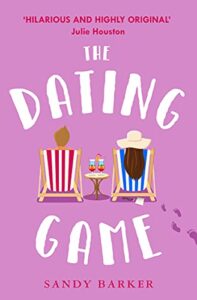 Sandy Barker’s The Dating Game, reviewed by Jessie Cahalin
Sandy Barker’s The Dating Game, reviewed by Jessie Cahalin
What happens when a journalist goes undercover on a reality show?
I absolutely loved The Dating Game. Abby is a wonderful character guiding the reader through her hilarious observations of the world of reality television. This smart, witty character exposes the micro-politics behind the scenes. This is a romance novel with so many twists and turns you’ll be dizzy, and you’ll giggle your way to the end. Besides entertaining me, this was an astute observation on reality TV culture. The novel is jam packed with wit, sensitivity and humour. I could not put this novel down! A perfect beach read, and I wanted to book a holiday in Sydney by the end.
Jules Wake’s The Wednesday Morning Wild Swim reviewed by Carol Thomas
This was a fun, feel-good read with a cast of wonderful characters. I enjoyed the setting and the unfolding romance between Ettie and Dominic. There was plenty of humour; I even laughed out loud at times. I loved Ettie for her moments of candour, albeit she was also prone to the odd little white lie. The characters were from a broad age range, leading to realistic and funny interactions and a community feel. I enjoyed the blossoming friendship of the wild swimmers and getting to know what spurred them to need their swim. It was also great to check in with returning characters from The Saturday Morning Park Run, a book I also greatly enjoyed. While I was a little unsure about the set-up for the penultimate scene, I welcomed the happy ending. Overall, it is escapism that will make you smile!
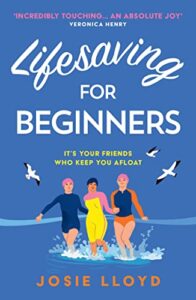 Josie Lloyd’s Lifesaving for Beginners reviewed by Jane Cable
Josie Lloyd’s Lifesaving for Beginners reviewed by Jane Cable
There was nothing I didn’t love about this book. How often do you read that in a review, but it isn’t a phrase I use often and I really mean it.
The stories of the five women who meet on Brighton beach to swim during the pandemic are wound seamlessly together to make a cohesive whole. Maddy, whose marriage and Instagram-perfect lifestyle have fallen apart; Helga the elder stateswoman who refuses to accept the limitations of her advancing years; Claire, the wife and mother who feels she has become invisible; Dominica struggling with grief; and Tor who is afraid to tell her family about the woman she loves.
This is a book about the power of friendship and the ability to move on. There is no one central shared ‘quest’ and really no central character. Their stories blend and twist together in such a powerful way I found it impossible to put down.


